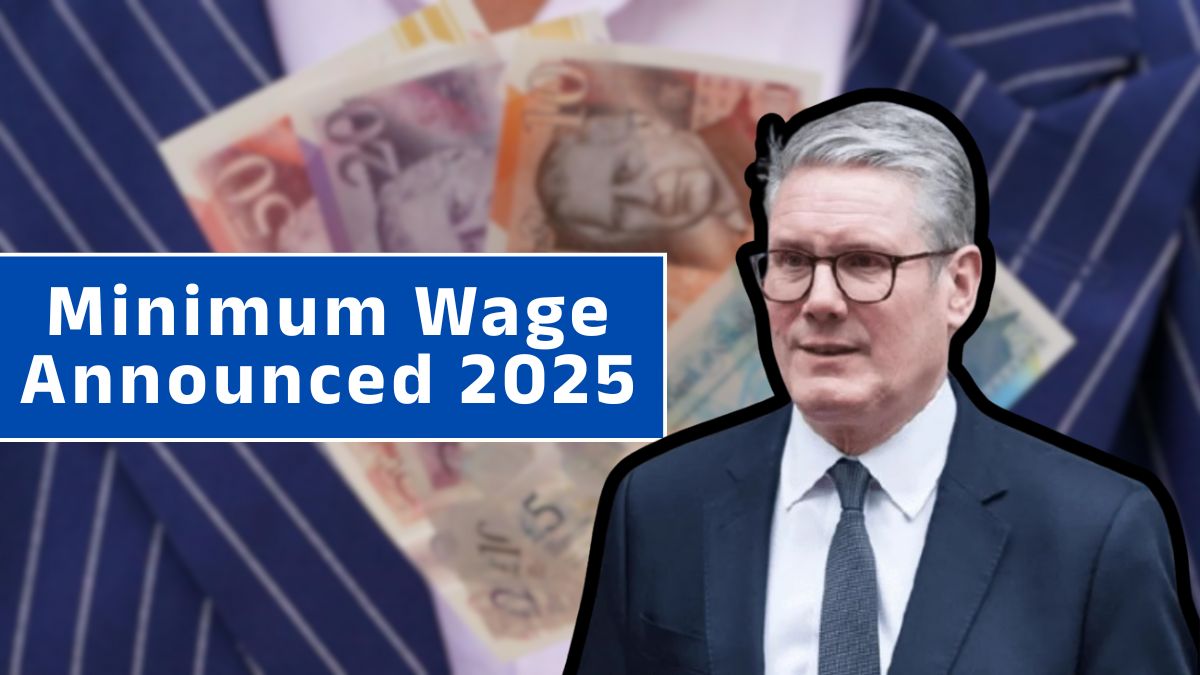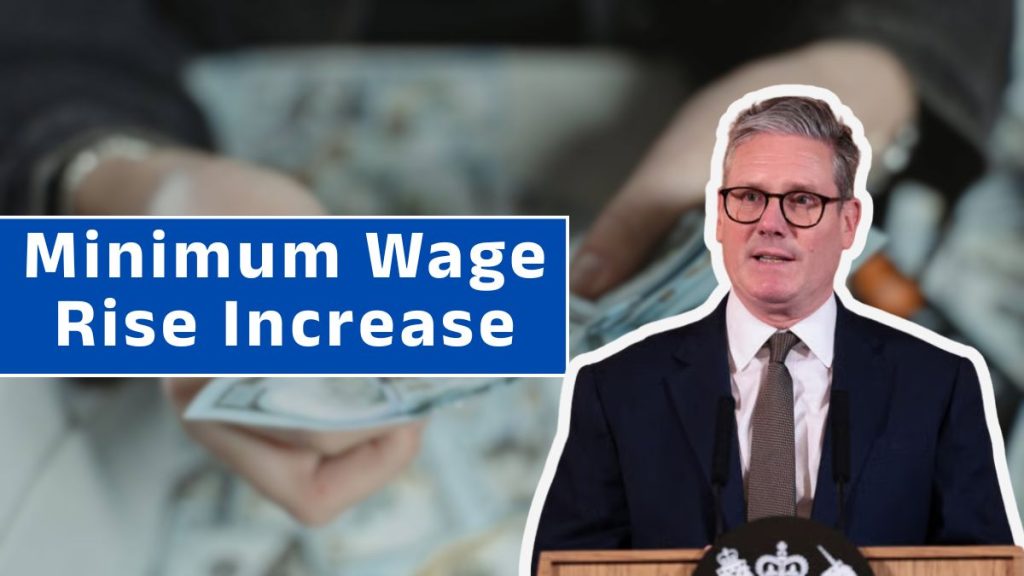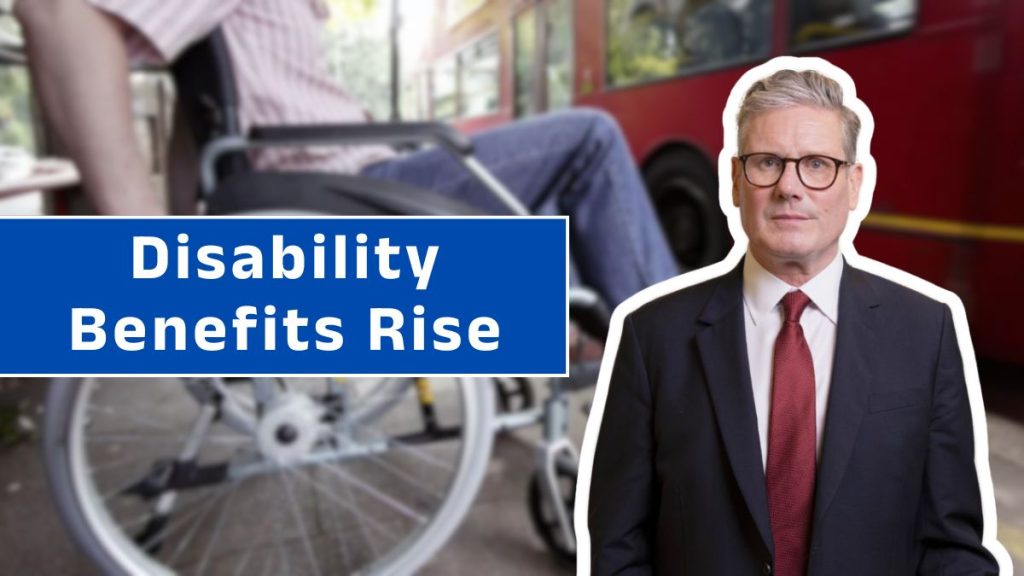The UK Government has confirmed a new Business Tax Relief for 2025 that will provide qualifying small and medium-sized enterprises (SMEs) with up to £1,000 in financial support. Effective from 1 April 2025, the scheme is designed to ease cash-flow pressures, support reinvestment, and protect jobs across the country.
The initiative follows repeated calls from trade bodies for faster, simpler measures to help SMEs facing rising operating costs. Unlike complex schemes, this relief will be applied automatically, ensuring money reaches businesses with minimal delay.
Why the Relief Was Introduced

SMEs make up more than 99% of all UK businesses, yet they often face disproportionate administrative and tax burdens.
The £1,000 boost is intended to:
- Provide short-term financial relief for smaller firms.
- Act as a pilot for future streamlined tax schemes.
- Complement existing incentives like the Annual Investment Allowance and Small Business Rates Relief.
Ministers highlight that the automatic nature of the relief sets it apart, cutting paperwork and getting funds into businesses’ hands faster.
Who Can Apply for the £1,000 Tax Relief?
Eligibility focuses on genuine SMEs operating in the UK. Businesses must:
- Be registered with HMRC.
- Have a turnover of up to £45 million.
- Employ fewer than 250 staff.
- Operate as either incorporated companies, sole traders, or partnerships.
- Carry out legitimate UK commercial activities.
Additional notes:
- Some charities and non-profits may also qualify if they run commercial operations.
- Anti-avoidance rules will apply to prevent large groups splitting into multiple small entities purely for tax advantages.
How the Application Process Works
Claiming the relief is intended to be simple and automated.
- Eligible businesses will see a pre-filled claim option in their digital tax account.
- The relief can be applied during either Corporation Tax or Self-Assessment returns.
- Businesses only need to confirm details and eligibility—HMRC will handle the deduction automatically.
- Payments will be offset against tax bills, or refunded if no tax is due.
Timeline: Most businesses can expect to see the relief applied or refunded within 14 days of filing.
Key Dates SMEs Must Remember
The relief comes into effect for accounting periods starting on or after 1 April 2025.
- 1 April 2025 – HMRC opens the claim facility.
- Throughout 2025 – Claims accepted alongside tax returns.
- 31 January 2026 – Final deadline for claims relating to the 2024–25 tax year.
Businesses with non-standard accounting periods should check HMRC guidance to ensure profits are apportioned correctly.
Documentation and Compliance Requirements
Although paperwork is minimal, businesses must keep evidence to prove SME eligibility:
- Annual accounts.
- Payroll records.
- VAT returns.
- Bank details for refunds.
Records should be retained for five years in case of compliance checks. False claims may lead to penalties or repayment demands.
For sole traders and partnerships, digital accounting software can simplify record-keeping and streamline tax filing.
Interaction with Other Tax Benefits
The new tax relief can be used alongside existing schemes, but with limits.
- Firms must ensure they do not exceed State aid thresholds under de minimis rules.
- Groups must aggregate turnover and staff numbers across subsidiaries to check SME status.
- Tax advisers recommend reviewing all allowances to avoid double-counting or breaching caps.
How SMEs Can Use the £1,000 Boost Effectively
While £1,000 may not seem like much, it can be strategically impactful:
- Digital upgrades – Investing in accounting or e-commerce software.
- Energy-efficiency improvements – Reducing long-term overheads.
- Staff training – Building productivity and retaining talent.
- Marketing – Reaching new customers and expanding operations.
Because the relief comes as a tax reduction or refund, it provides predictable cash flow—a lifeline for seasonal firms and those on tight margins.
Preparing Your Business Now
SMEs can take steps now to be ready for April 2025:
- Review turnover and employee numbers to confirm SME status.
- Update HMRC online account details, including bank account information.
- Consult with accountants to ensure financial years align with the relief.
- Plan ahead – Decide how the £1,000 will support growth or offset costs.
Being proactive ensures smoother claims and maximises the impact of the relief.
Final Thoughts on Business Tax Relief 2025
The £1,000 SME relief shows the government’s intent to strengthen small businesses, which remain the backbone of the UK economy.
Though modest, this boost:
- Provides breathing space in a tough financial climate.
- Reduces administrative complexity.
- May pave the way for larger, more targeted future measures.
Firms that stay informed, keep records in order, and plan their claims carefully will be best positioned to take advantage of this initiative.
FAQs on the £1,000 Business Tax Relief
Q1: When does the £1,000 SME tax relief start?
A1: The scheme begins on 1 April 2025 for accounting periods starting after that date.
Q2: Who qualifies for the relief?
A2: SMEs with fewer than 250 employees, turnover under £45m, and registered with HMRC.
Q3: Do I need to apply separately?
A3: No. The claim will appear automatically in your digital tax account when filing returns.
Q4: Can sole traders and partnerships benefit?
A4: Yes, both incorporated and unincorporated SMEs can qualify.
Q5: How will the relief be paid?
A5: As a £1,000 deduction from your tax bill or as a refund if no tax is due.














